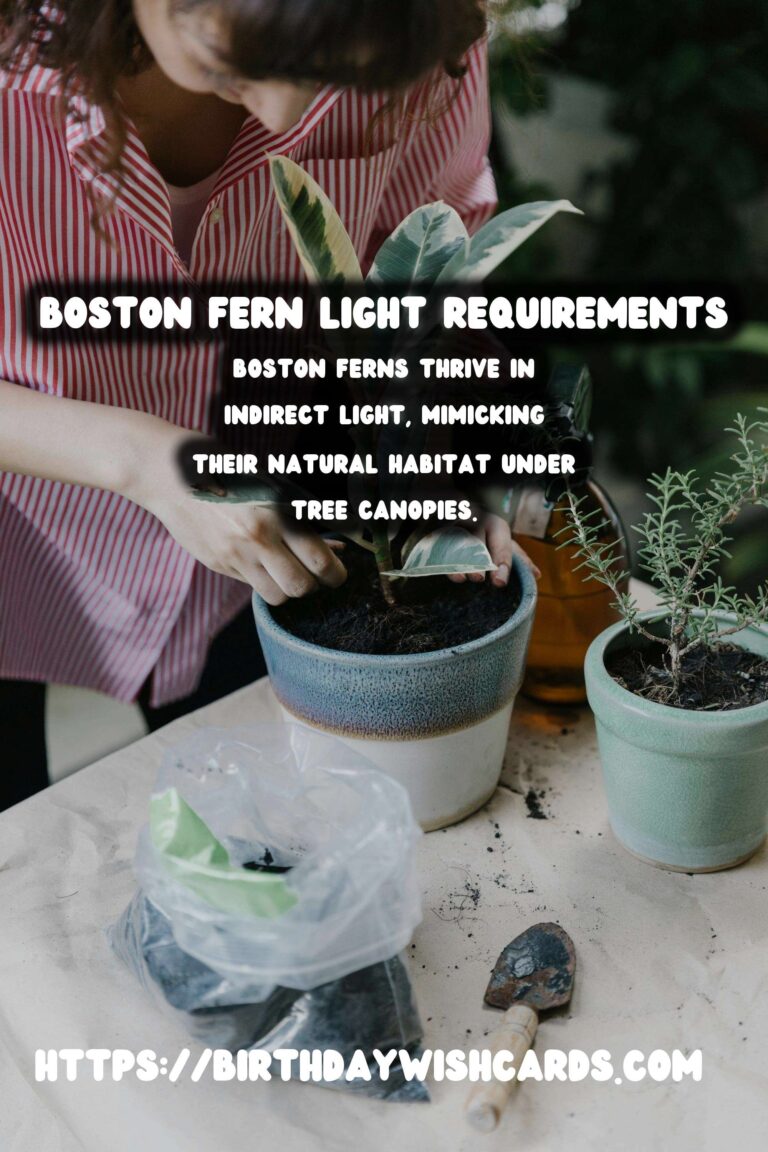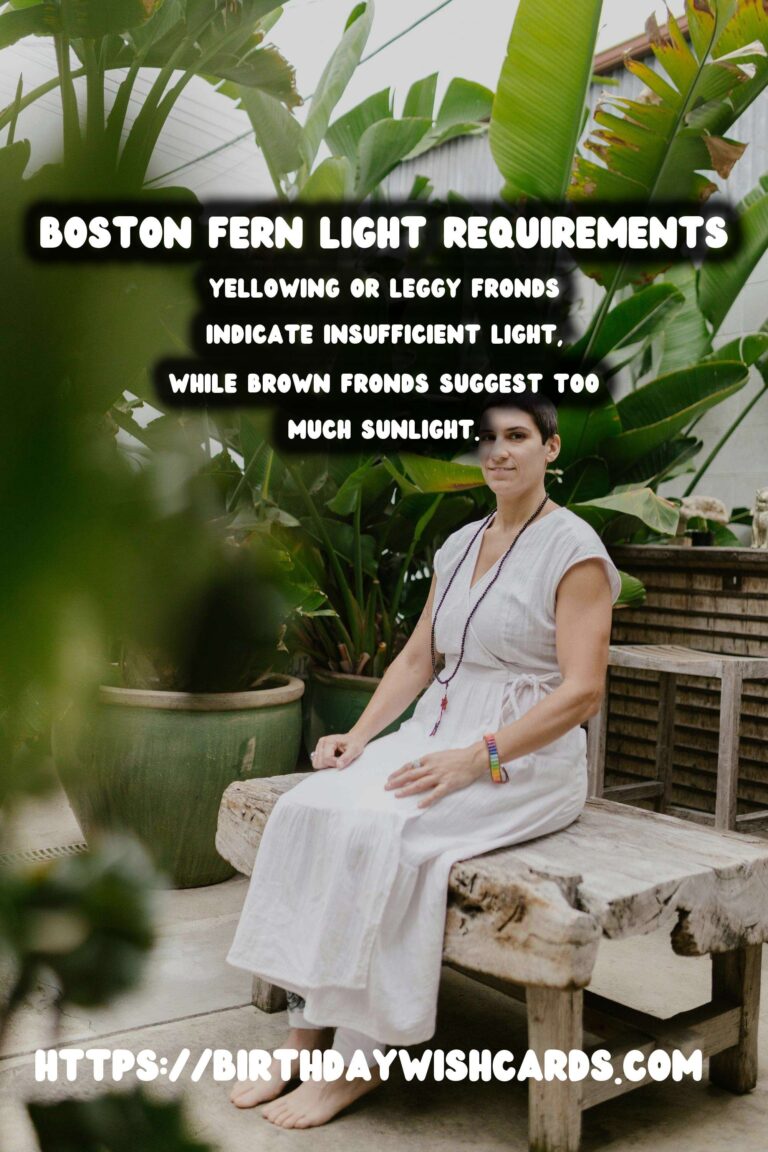
Boston ferns, known for their lush fronds and vibrant green color, are a popular choice for indoor and outdoor gardeners. To ensure they thrive, understanding their light requirements is crucial. This article will guide you through the essential light conditions needed for healthy Boston ferns.
Understanding Boston Fern Light Needs
Boston ferns naturally grow in tropical and subtropical regions, often under the canopy of taller trees. This natural habitat provides them with filtered light, which is key to their growth. Mimicking these conditions indoors or in your garden will help your Boston fern thrive.
Indirect Light: The Key to Success
Boston ferns prefer indirect light. Direct sunlight can scorch their delicate fronds, leading to browning and damage. In an indoor setting, place your fern near a north or east-facing window where it can receive gentle morning light.
Adjusting Light According to Seasons
During the growing season, which typically spans spring and summer, Boston ferns will benefit from more light. However, as the seasons change, you’ll need to adjust their position. In winter, moving your fern to a brighter location can help compensate for the reduced sunlight available.
Signs of Light Issues
It’s important to observe your fern for signs of light distress. Yellowing fronds or a leggy appearance often indicate insufficient light, while scorched or brown fronds suggest too much direct sunlight. Adjusting their position can quickly remedy these issues.
Artificial Light Solutions
If natural light is limited, consider using artificial lights. LED grow lights are an excellent option, providing the necessary spectrum without the heat that can damage plants. Ensure the light is positioned at an appropriate distance to mimic natural conditions.
Conclusion
Proper light management is vital for the health of your Boston fern. By providing the right balance of indirect light and adjusting according to seasonal changes, you can enjoy a lush, healthy plant year-round. Keep an eye on your fern’s response to its environment and make adjustments as needed.
Boston ferns thrive in indirect light, mimicking their natural habitat under tree canopies. Direct sunlight can scorch Boston fern fronds, leading to browning and damage. During the growing season, Boston ferns benefit from more light but require adjustments in winter. Yellowing or leggy fronds indicate insufficient light, while brown fronds suggest too much sunlight. LED grow lights provide an excellent artificial light solution for Boston ferns. 









#BostonFerns #GardeningTips #PlantCare #IndoorPlants #Ferns




